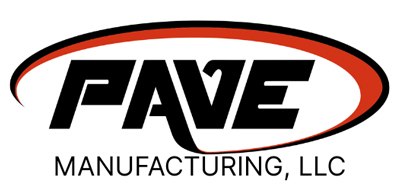Introduction
The construction industry is evolving rapidly, driven by rising labor costs, supply chain challenges, and the demand for faster, more sustainable project delivery. One of the most significant shifts is the adoption of electrical prefabrication, a process that moves building electrical assemblies, components or associated items offsite and delivers them to jobsites ready to install. For contractors, project managers, and suppliers, prefabrication is no longer optional; it’s becoming the industry standard.
What is Electrical Prefabrication?
Electrical prefabrication involves manufacturing electrical assemblies, components or other associated systems in a controlled offsite facility. These prebuilt items are then shipped directly to the jobsites when needed for fast, efficient installation.
Instead of performing all the tasks needed to build the required electrical items, handling all the required purchasing and logistics in handling the raw materials, dealing with the weather and the site conditions, prefabrication allows contractors to install ready-to-go components, reducing time, waste, risk and improving overall safety.
Why Prefabrication is Changing the Industry
Labor Efficiency
- With skilled labor shortages across the U.S., prefabrication increases onsite productivity by manufacturing assemblies, component and associated electrical items in controlled manufacturing environments.
- Arriving prefabricated items are pre-tested, can be kitted, and have all the required hardware to allow the installation. Jobs are completed in less time with less waste.
Improved Safety & Quality
- Offsite manufacturing reduces jobsite hazards such as working at heights, it tight quarters or in confined spaces.
- Standardized manufactured items ensure consistent quality across projects and allow onsite to be crews to be more efficient due to product familiarity.
Reduced Jobsite Waste
- Prefabricated items minimize scrap and disposal costs by controlling purchasing and the manufacturing process.
- Wasted time is greatly reduced as prefab components arrive to the jobsite ready to install which reduces the logistical needs and additional handling of component parts.
- Reduced scrap and waste decreases cost and aligns with sustainability goals.
Faster Project Delivery
- Prefabrication helps streamline scheduling by removing site and weather delays, allows manufacturing to be scheduled and controlled and helps to remove issues with last minute design changes.
- Schedules are better maintained by having delivery of the manufactured assemblies when and where they are needed.
Scalable Solutions Across Industries
- Once exclusive to large projects, prefabrication now scales across industries like EV manufacturing, renewable energy, battery storage systems and heavy machinery.
Industry Growth & Adoption
- The North American prefabricated buildings market is projected to grow from $51.12 Billion in 2025 to $68.80 billion by 2030.
- Over 77% of European electrical installers already use prefabricated components – a trend the U.S. is rapidly following.
- Sectors like EV, data centers and aerospace are creating new demand for modular electrical solutions.
Why Contractors Are Making the Switch
Companies that adopt prefabrication experience:
- 40% faster electrical installation times
- 20% higher lead-to-scale conversions thanks to efficiency gains
- Reduced project costs from lower labor and waste expenses
- Improved safety and installed quality
Final Thoughts
Prefabrication is no longer a niche solution – it’s the new standard for electrical construction. Contractors, engineers and suppliers who adapt now are positioning themselves ahead of the curve, ready to meet rising demand in high-growth industries.
PAVE Manufacturing is committed to leading this transformation, delivering custom metal fabrication and prefabricated electrical solutions that save time, reduce waste, increase safety, and increase profitability for every project.
